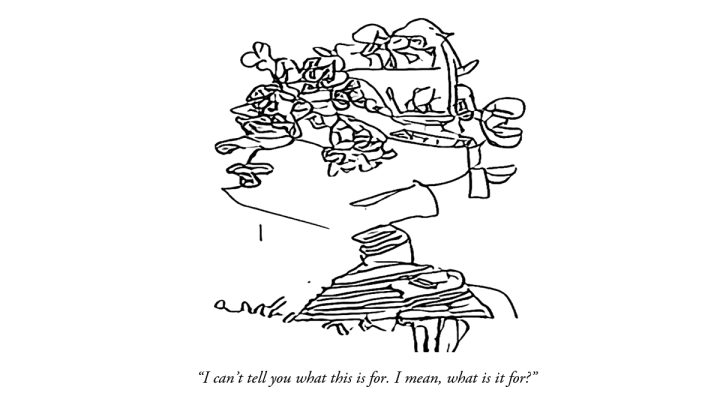
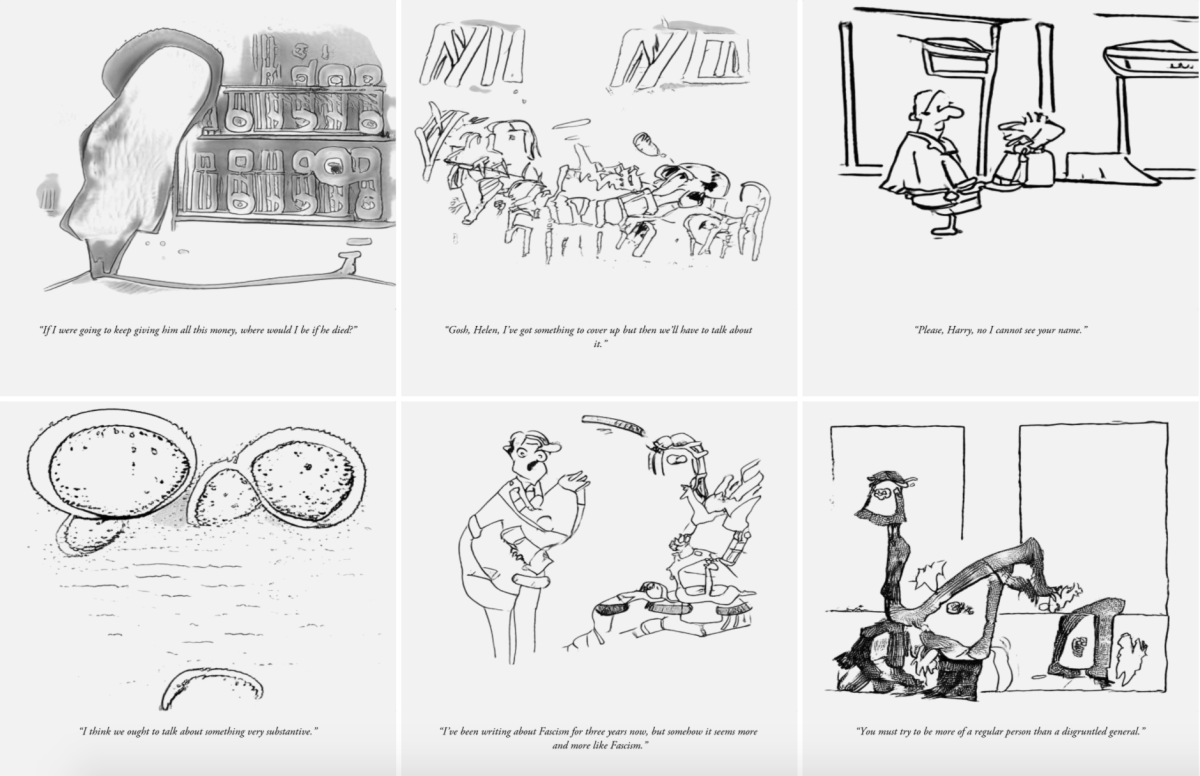
New Yorker cartoons are inextricably woven into the fabric of American visual culture. With an instantly recognizable formula — usually, a black-and-white drawing of an imagined scenario followed by a quippy caption in sleek Caslon Pro Italic — the daily gags are delightful satires of our shared human experience, riffing on everything from cats and produce shopping to climate change and the COVID-19 pandemic. The New Yorker‘s famous Cartoon Caption Contest, which asks readers to submit their wittiest one-liners, gets an average 5,732 entries each week, and the magazine receives thousands of drawings every month from hopeful artists.
What if a computer tried its hand at the iconic comics?
Playing on their ubiquity and familiarity,
comics artist Ilan Manouach and AI engineer Ioannis Siglidis developed the Neural Yorker, an artificial intelligence (AI) engine that posts computer-generated cartoons on Twitter. The project consists of image-and-caption combinations produced by a gene rative adversarial network (GAN), a deep-learning-based model. The network is trained using a database of punchlines and images of cartoons found online and then “learns” to create new gags in the New Yorker‘s iconic style, with hilarious (and sometimes unsettling) results.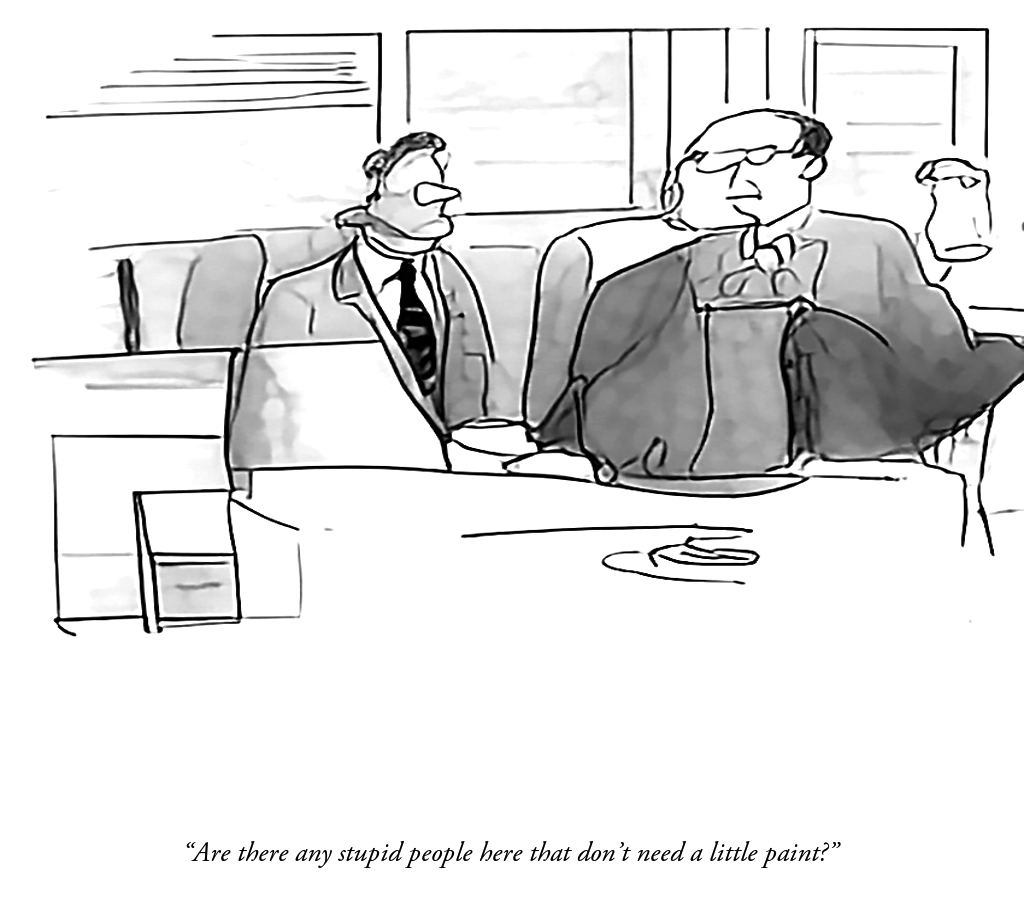
At a cursory glance, the AI-generated panels evoke your everyday New Yorker joke. But a closer look reveals strange anomalies:
two businessmen are seated at a table, but their figures are warped and distorted, and one of them lacks a human face. The contour lines are unfinished and the composition is oddly irrational, like a palimpsest or an Escherian stairwell. Add an inane caption — “Are there any stupid people here that don’t need a little paint?” — and the whole thing collapses into senselessness.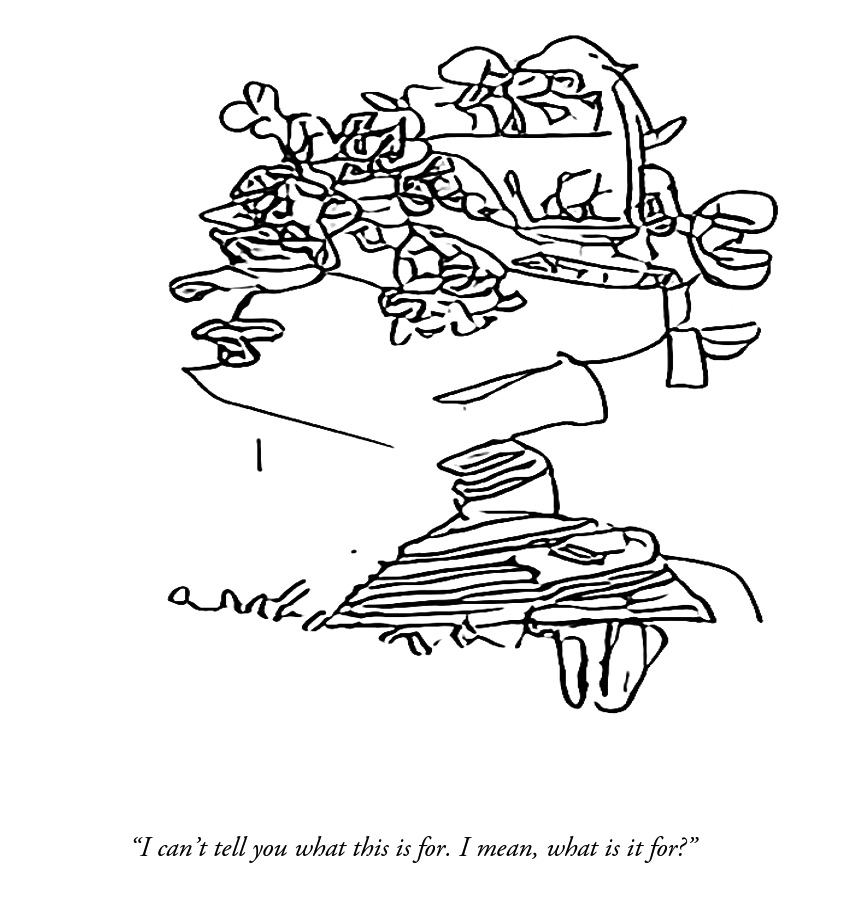
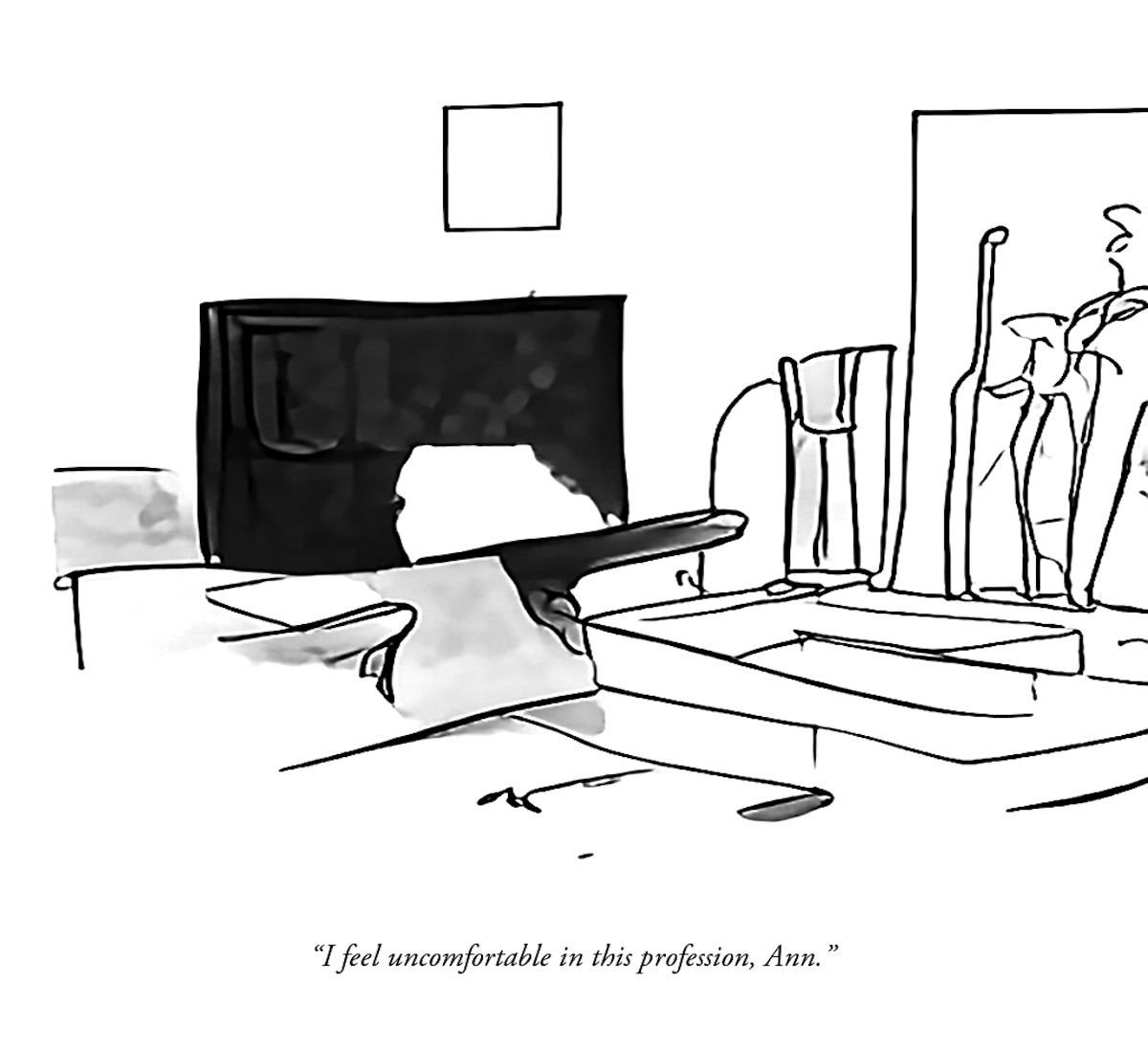
“When we started making bots, we were thrilled by their modeling power, by the way they could learn to reproduce concepts or a tone as complicated as humor or
irony, produced by a set of independent data-points, and with little prior knowledge about the world,” Manouach and Siglidis told Hyperallergic. “When we can now read something written on Twitter or even in the street that resembles the output of our bots, we experience something close to a serendipity.”
0 Commentaires